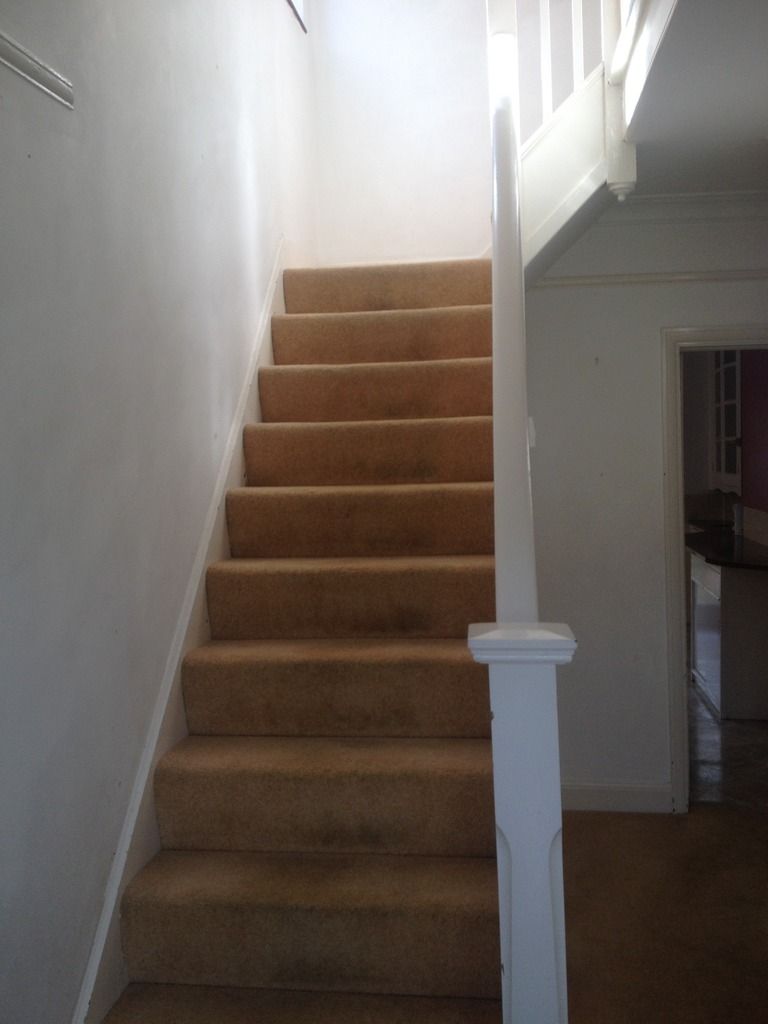Hi guys,
I want to repaint my staircase it did look like this previously:

since the above picture the house has had a revamp and the stair case is dirty.
It is currently gloss paint all over, as it looks shiny and slightly yellow in some places.
I'm interested in going for satin wood I got this one coat paint from Dulux.
Now in the past, the bad side of me had a project where I ended up painting satinwood right over gloss and the result was horrendous. I was not able to change this and had to live with it.
Since that time I have invested in a sanding machine from Bosch, got it cheap.
I know I have to sand down this wood now to take the gloss out of the paint but my question is about the sanding plates...
I have different disks all with a rating on the back for instance:
- Paint 180 (I assume this is for paint) this has a white colour
- wood 120 - I assume this is for wood. this is red.
now based on my scenario what grade of sanding paper and which type i.e wood/paint do I need to be using to sand down this paint?
Any other tips to avoid me making the same mistake last time would be appreciated and no I don't want to remove all of the paint i.e paint removing as that will take a while!
Thanks,
Psd99.
I want to repaint my staircase it did look like this previously:

since the above picture the house has had a revamp and the stair case is dirty.
It is currently gloss paint all over, as it looks shiny and slightly yellow in some places.
I'm interested in going for satin wood I got this one coat paint from Dulux.
Now in the past, the bad side of me had a project where I ended up painting satinwood right over gloss and the result was horrendous. I was not able to change this and had to live with it.
Since that time I have invested in a sanding machine from Bosch, got it cheap.
I know I have to sand down this wood now to take the gloss out of the paint but my question is about the sanding plates...
I have different disks all with a rating on the back for instance:
- Paint 180 (I assume this is for paint) this has a white colour
- wood 120 - I assume this is for wood. this is red.
now based on my scenario what grade of sanding paper and which type i.e wood/paint do I need to be using to sand down this paint?
Any other tips to avoid me making the same mistake last time would be appreciated and no I don't want to remove all of the paint i.e paint removing as that will take a while!
Thanks,
Psd99.


